Hornblende
Here are samples from a Pleistocene andesite at Mt. Shasta, California. Hornblende is the major mineral of the amphibole group. Its composition is variable and its general formula is (Ca,Mg,Al)Si8O22(OH)2. Its color varies from dark-brown to dark-green, appearing black from a distance (as most mafic minerals). Cut-out crystals, when partly transparent, are light-green. Crystals appear also light-green in plane-polarized thin sections and have vivid colors in crossed-polarized thin sections. In thin section its color in PPL and its cleavage at 120 degrees help to differentiate it from other minerals.
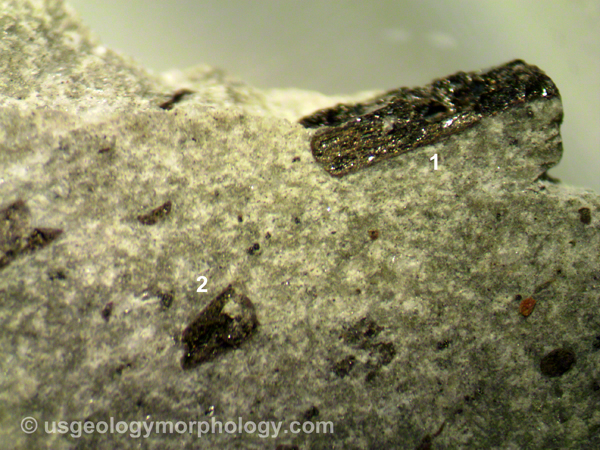
Figure 1. Hornblende crystals in an andesite.
Typical green-brown color. in this rock sample, crystal no. 1 has been cut along its long axis, while crystal no. 2 has been truncated normally to his long axis. Width of view: 8 mm. Length of crystal no. 1: 3 mm.
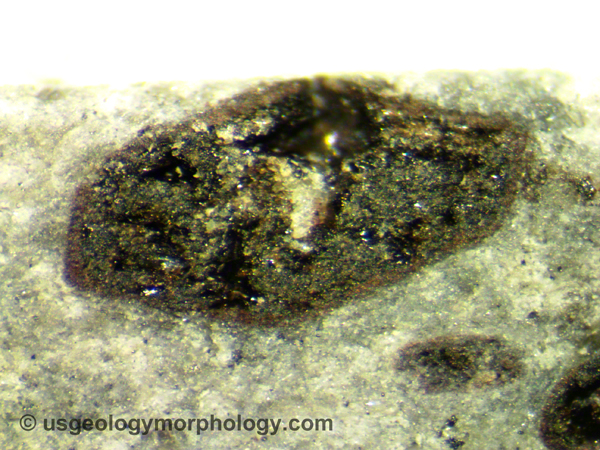
Figure 2. Close-up of a hornblende crystal
The crystal is cut orthogonally to its long axis. Notice the hole in its center. Field of view: 2 mm.
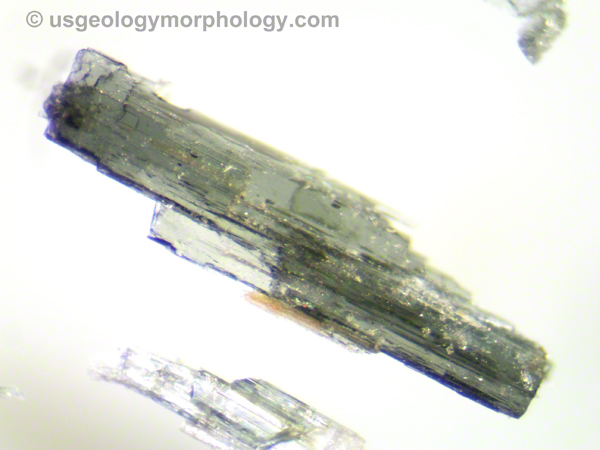
Figure 3. Hornblende crystals.
Typical greenish color. Cleavage along long axis is evident in these broken crystals. Length of larger sample: 1 mm.
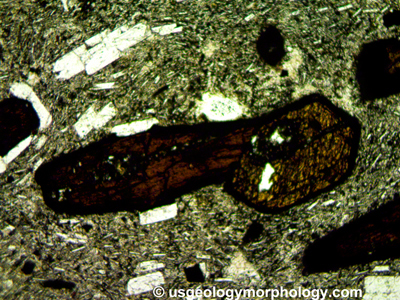
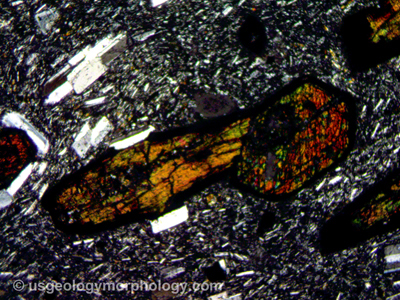
Figure 4. Thin section of hornblende.
Two large hornblende crystals in the same hornblende andesite in California. On both photos hornblende pleichroism is evident as well as its cleavage with distinctive angles at 120 degrees. Left: plane-polarized thin section. Right: crossed-polarized thin section. Field of view: 2.3 mm.
